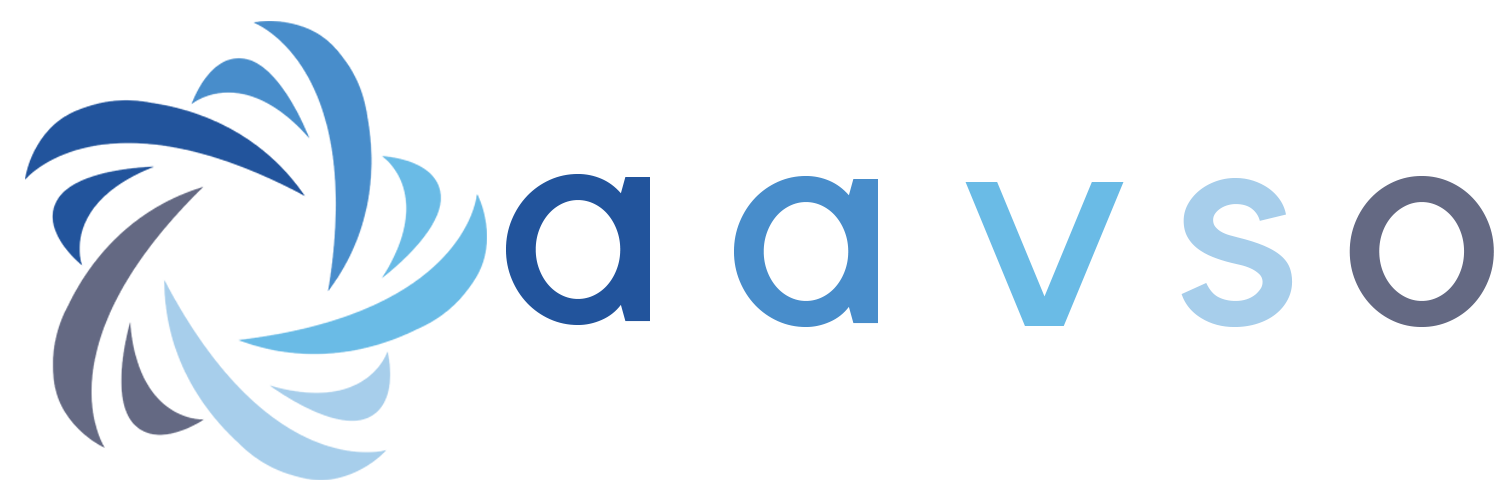observers-ccd
Transforms: Everything you need to transform your CCD observations
This page serves as a central location for the tools AAVSO voulnteers have developed and promulgated to help fellow photometrists transform their observations, making them compatible and more useful to the professional astronomy community.
These include:
AAVSO CCD School Videos
The AAVSO is now offering you the opportunity to purchase streaming videos of the popular CCD school taught by former Director Arne Henden during the summer of 2014.
CCD Resource and Reading List
This page is a work in progress. Please help by suggesting more resources and reading material.
Suggested Stars for CCD/CMOS Observers
If you are a CCD observer the Universe is your oyster. Nearly all the AAVSO program stars can and should be observed with CCDs and science filters. The primary advantages of CCD detectors over visual observers are the potential for very high precision photometry, which facilitates detecting very minute light changes, and the ability to record much fainter stars.
Long Period Variables

